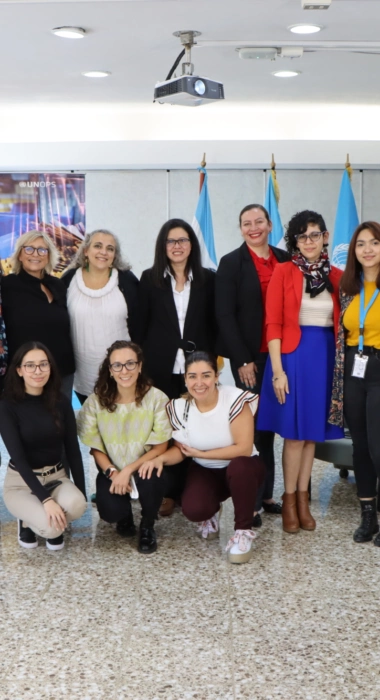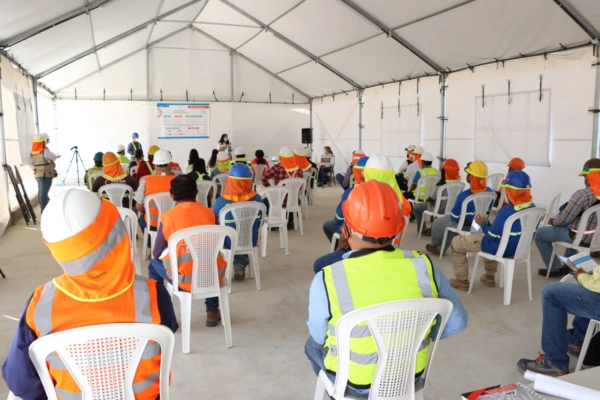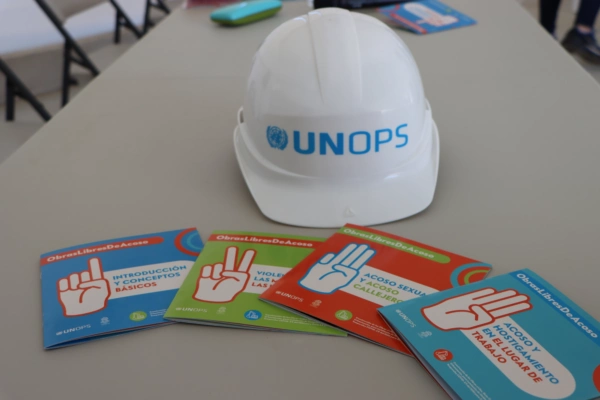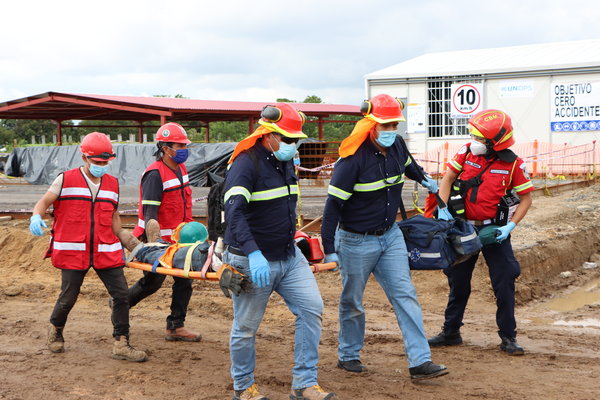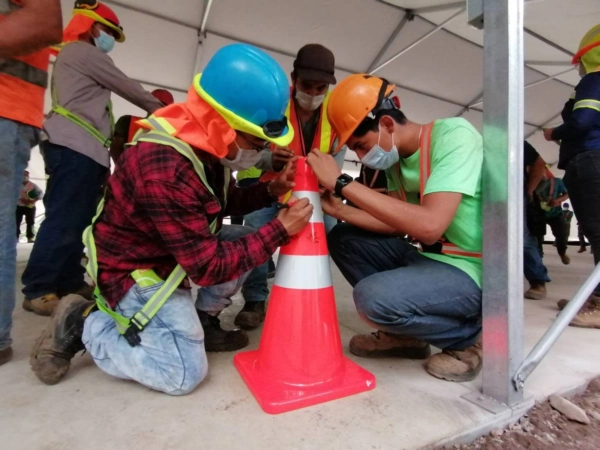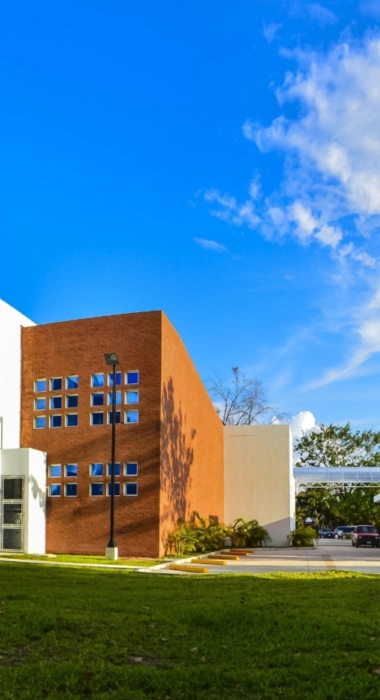
Transversal axes
The Transversal axes areas of the INFRAIGSS Program are areas of work that provide support, advice and recommendations to all the components of the INFRAIGSS Program.
Gender, Diversity, and Inclusion (GDI)
UNOPS is committed to gender equality between men and women, respect for diversity, and the promotion of social inclusion as tools for sustainable and resilient human development. By implementing gender-sensitive projects, we promote operations with more efficient results and greater outreach, so that women and girls have equal access to project results and decent living conditions.
We carry out projects where infrastructure is an element of transformation of inequalities between men and women and that it responds to the needs, uses, and differentiated requirements of women and girls, from an intersectoral analysis. We develop acquisitions as a tool for equality and social inclusion, promoting human rights as an essential criterion in our relationship with companies and suppliers.
UNOPS has developed a strategic and operational framework to prevent one of the most serious human rights violations: gender-based violence against women and girls. To this end, one of the priorities of our project is the Prevention of Sexual Exploitation and Abuse, and Harassment (PSEAH), making available channels for complaints and attention to these cases for teams and the communities, and raising awareness against sexual street harassment in infrastructure projects.
People made aware about GDI on site
Activities / Scope
Social diagnostics with a gender focus
Harassment-free works
Participatory appraisals
Identification of guidelines on gender equality and social inclusion for the design of hospital infrastructure
Gender-sensitive acquisitions
Prevention of violence against women and girls
Occupational Health and Safety and Social and Environmental Management (HSSE)
The UNOPS policy on occupational health and safety, and social and environmental management applies to all UNOPS activities and facilities. It describes the objectives and requirements to safeguard human health and safety, and to protect society and the environment, and commits the organization to:
To create and maintain a safe and healthy work environment for its staff and the people working on its projects.
Promote environmental sustainability in all its aspects, from improving resource efficiency, to preventing pollution, reducing greenhouse gas emissions, protecting biodiversity, etc.
Defend the principles of social sustainability, from the prevention of human rights violations to the defense of good labor practices, the prevention of discrimination, the protection of cultural heritage, etc.
In all its projects and operations, UNOPS strives to prevent personal injury, occupational health effects, and property damage. The HSSE system for the INFRAIGSS Program is designed to aid in the management of activities and to support the risk-based approach with an occupational safety plan and an environmental management plan, to avoid danger that could lead to injuries, social-environmental incidents, diseases, or serious accidents in the workplace. This plan is a dynamic document that is periodically reviewed and updated if necessary.
persons trained on site
Activities / Scope
Zero object campaigns
Environmental awareness campaigns
Alcohol and drug abuse prevention talks
Safety and environmental inspections weekly
Emergency response drills
BIM Methodology
In addition to the design of hospitals, UNOPS has adopted the BIM (Building Information Modeling) methodology for the design and construction of the hospitals of the INFRAIGSS Program.
BIM is a collaborative working methodology for creating and managing a construction project.
This methodology is based on a 3-dimensional digital model that allows:
Real-time collaborative work of all the parties
Saving time and resources of up to 50%
Pre-coordination of all disciplines (avoiding cost overruns)
Measuring real amounts
Planning Possibility
3D viewing and video tours for better communication.
Database management of all project components
Energy calculations, simulations, sunning analysis.
Work is being done to develop a “BIM maturity” within the organization and the partner, creating the reference frameworks for its further development.
This is a process that can take 3 or 4 years, and with the first “pilot project” in Zacapa, progress has been made in a remarkable way, already creating lessons learned that can be extrapolated to other offices of the organization.
Persons trained on BIM methodology
Activities / Scope
Supervision, with BIM methodology, of the Hospital de Oriente project in Zacapa.
It will be extended to its construction and to new projects.
Training with the associate to generate professional skills in the infrastructure team to understand the methodology and to accompany its development in future projects and constructions.
INFRAIGSS is the first comprehensive UNOPS project worldwide with the BIM methodology.
